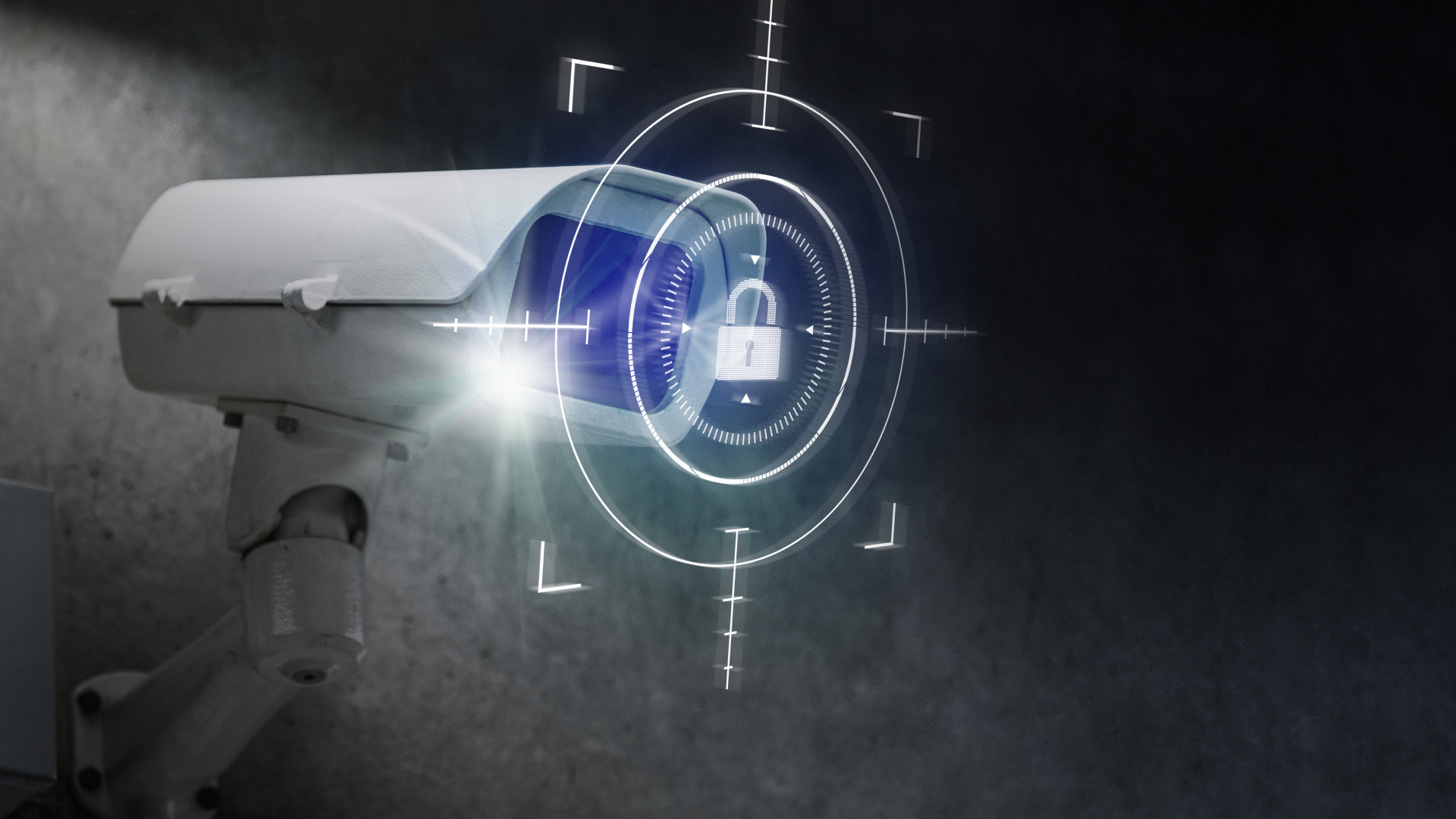
In today’s world, home security is more important than ever. With the advancements in smart technology, securing your home has become more efficient and accessible. Smart home security systems offer not only enhanced protection but also greater convenience. In this blog, we’ll explore the essential components of a smart home security system and how they can help safeguard your property and loved ones.
1. Smart Door Locks
Smart door locks are an essential component of any smart home security system. These locks replace traditional keys with keypads, smartphone apps, or biometric sensors, allowing you to lock and unlock doors remotely. With features such as temporary access codes for guests, remote monitoring, and activity logs, smart locks enhance both security and convenience. You no longer need to worry about lost keys or unauthorized entry.
2. Video Doorbells
Video doorbells are one of the most popular smart security devices on the market. They allow you to see and interact with visitors at your front door, even when you’re not home. Equipped with HD cameras and two-way audio, video doorbells offer real-time video feeds directly to your smartphone or tablet. You can easily monitor deliveries, check who’s at the door, and even deter potential intruders with just a touch of a button.
3. Smart Cameras
Smart security cameras are critical for monitoring both the interior and exterior of your home. These cameras can be installed in strategic locations like entryways, driveways, and backyards to provide round-the-clock surveillance. Many smart cameras come with features such as motion detection, night vision, cloud storage, and instant notifications to your smartphone. With the ability to view live footage from anywhere, you’ll always stay connected to your home’s security.
4. Motion Detectors
Motion detectors are a key part of a smart home security system. These sensors detect movement within your home or around its perimeter, alerting you to any unusual activity. Smart motion detectors can be integrated with other devices like lights, cameras, and alarms, making it easier to respond to potential threats. Whether it’s someone sneaking around your home or an animal passing by, motion detectors offer an added layer of security.
5. Smart Security Alarms
A smart security alarm system is the backbone of your home’s protection. These systems can be customized to suit your specific needs, including features like door/window sensors, sirens, and emergency notifications. When the system detects a break-in or suspicious activity, it can trigger an alarm, notify you, and even alert authorities automatically. Many smart alarm systems can be controlled remotely, giving you peace of mind whether you’re at home or away.
6. Smart Lighting
Smart lighting is not only an energy-efficient option but also a security measure. By using smart bulbs or switches, you can control the lights in your home remotely or set schedules to make your house appear occupied when you’re not there. Motion-activated lights around the perimeter of your home can deter potential intruders, while timed lights give the illusion that someone is always home, reducing the risk of break-ins.
7. Home Automation Hub
A home automation hub serves as the central control point for all your smart devices, including security cameras, smart locks, lighting, and alarms. These hubs integrate with various smart home systems and allow you to control and monitor all aspects of your home’s security from one place. Some hubs also offer voice command capabilities through smart assistants like Amazon Alexa or Google Assistant, adding an extra layer of convenience to your security setup.
8. Smart Smoke and CO Detectors
While smoke and carbon monoxide detectors are essential for home safety, smart versions take it a step further. These devices can send instant alerts to your phone, even if you’re not home, allowing you to take action quickly. Many smart detectors also offer features such as self-testing and battery status alerts, ensuring that you’re always protected from fire and carbon monoxide hazards.
9. Smart Sensors for Windows and Doors
Smart sensors for windows and doors are an excellent way to enhance your home’s security. These sensors can detect when a window or door is opened and send an alert to your phone. Many systems can be integrated with smart locks, cameras, and alarms for a comprehensive security solution. These sensors are particularly useful for protecting your home’s entry points and preventing unauthorized access.
10. Integration with Other Smart Devices
One of the greatest advantages of smart home security systems is their ability to integrate with other smart devices in your home. For example, you can link your smart security system with a smart thermostat to adjust temperatures when you're away or with smart voice assistants to control everything with voice commands. The seamless integration of smart home devices ensures that your home is not only secure but also efficient and convenient.
Conclusion
Smart home security essentials are designed to provide comprehensive protection and peace of mind. By incorporating a variety of smart devices such as locks, cameras, sensors, and alarms, you can create a personalized security system tailored to your needs. With the convenience of remote control and real-time monitoring, you’ll always have complete visibility into the safety of your home, whether you’re at home or on the go. Investing in smart home security is one of the best decisions you can make to protect your property and loved ones.